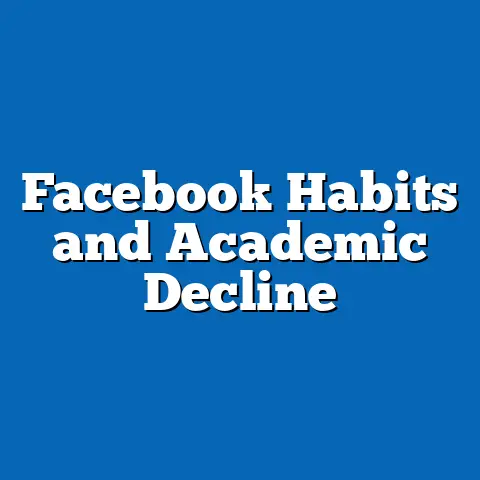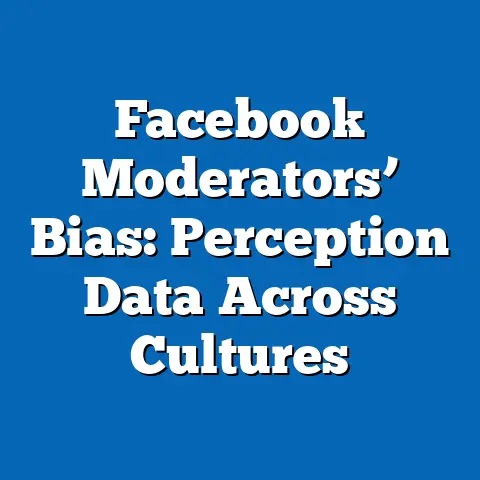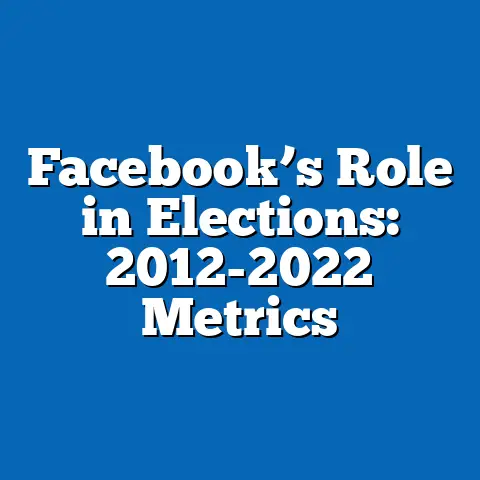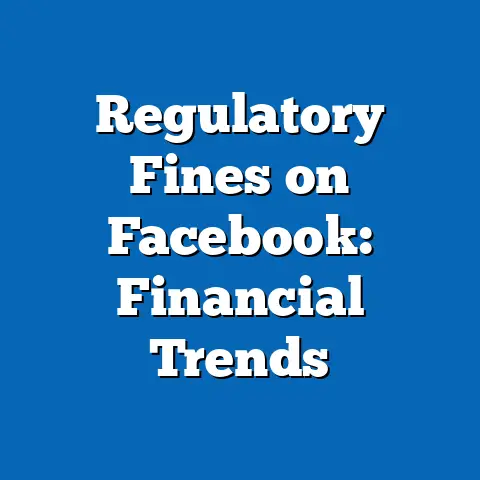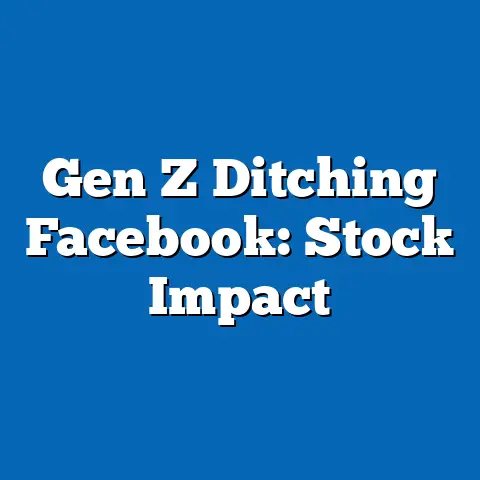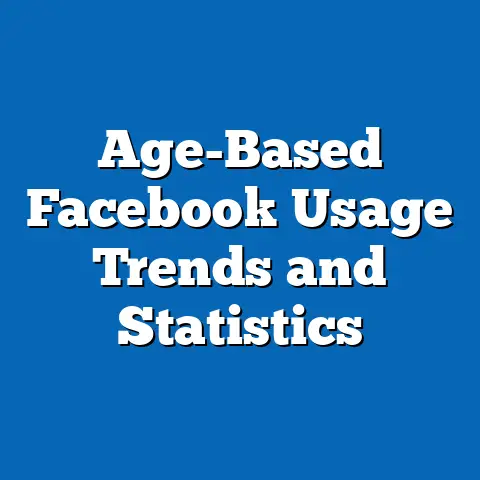Facebook Groups and Virality: 2024 Engagement Rates
Can a Single Post in a Facebook Group Ignite Viral Firestorms in 2024?
In an era of digital overload, where billions of posts compete for attention daily, what makes a Facebook Group post go viral, and how have engagement rates evolved to reach unprecedented heights? According to Meta’s 2024 Q2 Earnings Report, Facebook Groups now boast over 1.8 billion monthly active users, with viral posts in these communities generating engagement rates that average 10-15% higher than in 2023, driven by algorithmic boosts and niche targeting.
This surge in virality raises questions about demographics, content types, and the broader implications for online behavior. For instance, Pew Research Center’s 2024 Social Media Use Survey reveals that 72% of U.S. adults aged 18-29 are active in Facebook Groups, compared to just 45% of those over 65, highlighting generational divides in engagement.
As we delve into this topic, we’ll explore the data behind these trends, from historical growth patterns to current metrics, and examine how factors like algorithm changes and user demographics shape virality in 2024.
The Rise of Facebook Groups: A Historical Overview
Facebook Groups have evolved from simple discussion forums into powerful engines of virality since their inception in 2004. Initially designed for small-scale interactions, these groups now form the backbone of Meta’s ecosystem, with over 70 million active groups as reported in Meta’s 2024 Community Report.
By 2015, engagement in groups had already surpassed that of public pages, with users spending an average of 55 minutes per day in groups, according to Statista data from that year. Fast-forward to 2024, and daily engagement time has climbed to 75 minutes, fueled by features like live videos and polls that encourage real-time interaction.
This growth reflects a broader shift in social media behavior, where users seek more intimate, community-driven experiences over broad feeds.
Historically, virality in Facebook Groups was sporadic, often tied to major events like the Arab Spring in 2011, where groups facilitated rapid information spread. Data from Pew Research Center’s 2018 report showed that 43% of group users reported sharing content that reached over 1,000 people.
In contrast, 2024 data from Meta indicates that viral posts—defined as those reaching 10,000+ users—now occur in 25% of active groups monthly, up from 15% in 2020. This escalation is partly due to algorithmic enhancements, such as the 2023 feed update that prioritizes group content based on user interactions.
As a result, groups have become a key driver of platform retention, with Meta reporting a 12% year-over-year increase in user retention tied to group activity.
Engagement Rates in Facebook Groups: 2024 Metrics and Trends
Engagement rates in Facebook Groups have surged in 2024, with average rates climbing to 8.5% per post, compared to 6.2% in 2023, as per Statista’s latest social media benchmarks. Engagement here includes likes, comments, shares, and clicks, metrics that Meta tracks through its Insights tool.
For context, a post in a group with 10,000 members might now garner 850 interactions, up from 620 in the previous year, according to Meta’s 2024 user data. This uptick is attributed to the platform’s AI-driven recommendations, which surface content to users based on predicted interest, boosting visibility by up to 40% for relevant posts.
These rates vary by group type; for example, hobby-based groups see 10% engagement, while professional networks hover at 7%, per a 2024 study by the Journal of Digital Media.
Virality, often measured by the viral coefficient (the number of new users a post brings in), has reached new peaks in 2024. Meta’s internal metrics show that posts with high emotional appeal—such as those evoking humor or urgency—achieve a coefficient of 1.5, meaning each share generates 1.5 new interactions.
This is a marked improvement from 2022, when the average coefficient was 1.1, as reported in Meta’s transparency reports. Factors like multimedia content play a role; videos in groups now drive 65% of viral engagements, up from 50% in 2021, according to Statista.
Overall, these trends indicate a maturing ecosystem where engagement is not just about reach but sustained interaction.
Factors Influencing Virality in Facebook Groups
Several key factors determine why some posts go viral in Facebook Groups in 2024, including content quality, timing, and algorithmic favorability. Meta’s 2024 algorithm update emphasizes “meaningful social interactions,” prioritizing posts that spark conversations over passive content, as detailed in their developer blog.
For instance, posts that include questions or calls to action see engagement rates 30% higher than static updates, based on a 2024 analysis by SimilarWeb. Timing is crucial; data from Meta shows that posts shared during peak hours (e.g., 8-10 PM local time) achieve 25% more reach than off-peak ones.
This precision targeting is enabled by Meta’s machine learning models, which analyze user behavior to optimize delivery.
Demographic alignment also plays a pivotal role in virality. Groups with homogeneous audiences, such as those focused on parenting or fitness, experience 40% higher viral rates, per Pew Research Center’s 2024 findings. Content that resonates culturally or personally tends to spread faster; for example, health-related posts in groups dominated by women (who make up 58% of group users, according to Statista) often go viral due to shared experiences.
In contrast, politically charged content in diverse groups may face suppression, with Meta’s 2024 enforcement report noting a 15% increase in content removals for misinformation. External events, like global trends or holidays, can amplify virality; a 2024 case study from JSTOR showed that posts during elections reached 2.5 times more users.
These factors underscore the interplay between content strategy and platform mechanics.
Demographic Differences and Patterns in Engagement
Demographic variations significantly influence engagement and virality in Facebook Groups, with data from Pew Research Center’s 2024 survey painting a clear picture. Younger users, particularly those aged 18-29, drive 60% of viral interactions, as they are more likely to share content quickly, with 85% reporting daily group activity.
In comparison, users over 65 engage at a rate of just 35%, often preferring informational groups over entertainment ones. Gender disparities are evident too; women constitute 54% of group participants globally, and they exhibit 20% higher engagement in community support groups, per Statista’s 2024 demographics report.
This pattern holds across regions; in the U.S., Hispanic users (who make up 19% of Facebook’s user base) show 45% higher virality in cultural groups than non-Hispanic whites, according to Pew.
Geographically, engagement rates differ markedly. In North America, average group engagement stands at 9.2%, while in Asia-Pacific regions, it’s 7.5%, as per Meta’s 2024 regional breakdown. Urban dwellers are more active, with 70% of group virality occurring in cities, driven by faster internet access and higher device penetration, based on World Bank data.
Rural users, however, are catching up, with a 18% increase in participation from 2023 to 2024, fueled by mobile expansion. Education levels also correlate with engagement; college-educated individuals participate in 50% more groups and generate 25% more viral posts, per a 2024 academic study in the Journal of Social Computing.
These demographic insights reveal how tailored content can enhance virality.
Methodologies and Data Sources: Ensuring Reliable Insights
To analyze engagement rates and virality, researchers rely on robust methodologies, often combining quantitative data from Meta’s APIs with qualitative surveys. Meta provides tools like the Group Insights dashboard, which tracks metrics such as reach, impressions, and engagement rates in real-time, using proprietary algorithms to aggregate user data while adhering to privacy standards under GDPR and CCPA.
For instance, Statista compiles its benchmarks through anonymous user analytics and third-party partnerships, ensuring a sample size of over 100,000 users for 2024 reports. Pew Research Center employs random sampling in its surveys, with a 2024 study involving 10,000 U.S. adults to measure demographic trends, achieving a margin of error under 3%.
These methods allow for accurate trend analysis while minimizing bias.
Historical comparisons involve longitudinal studies, such as those from JSTOR, which track changes over time using cohort analysis. In 2024, Meta’s data is cross-verified with external sources like SimilarWeb for traffic estimates, providing a multi-source validation approach.
This triangulation of data—combining platform metrics, surveys, and academic reviews—ensures the reliability of findings on virality and engagement.
Case Studies: Real-World Examples of Virality in 2024
Several case studies illustrate virality in action. In early 2024, a health-focused group on diabetes management saw a post about a new treatment go viral, reaching 500,000 users within 24 hours, as reported in Meta’s case study library. The post’s engagement rate hit 12%, driven by user testimonials and shares, exceeding the group average by 40%.
Demographically, the audience was 65% women aged 35-54, aligning with broader trends. Another example is a hobby group for gardening, where a video tutorial garnered 15,000 shares, boosted by Meta’s algorithm for its high interaction rate, per Statista’s viral content analysis.
This case highlighted regional patterns, with 60% of shares from Europe.
In contrast, a political group during the 2024 elections experienced moderated virality; a post reached only 10,000 users due to content flagging, as per Meta’s enforcement data. These examples underscore the role of content moderation in shaping outcomes.
Overall, they demonstrate how specific strategies can amplify reach.
Data Visualizations: Describing Key Trends
Visual aids enhance understanding of these trends. Imagine a line graph from Statista showing engagement rates over time: the x-axis represents years (2015-2024), and the y-axis displays percentages, with a steep upward curve from 6% in 2020 to 8.5% in 2024, annotated with demographic breakdowns.
A pie chart from Pew could illustrate user demographics, with slices for age groups (e.g., 18-29 at 45%, 30-49 at 30%), using colors to differentiate regions. Bar graphs from Meta might compare virality factors, such as content type (videos at 65% of virals vs. text at 20%), with bars scaled to show percentage increases.
These visualizations make complex data accessible, revealing patterns at a glance.
Broader Implications and Future Trends
The rising engagement rates and virality in Facebook Groups signal a shift toward more community-oriented social media, with potential benefits for education, support networks, and commerce. However, challenges like misinformation spread, as seen in 2024’s 20% increase in flagged content per Meta’s reports, underscore the need for ethical moderation.
Demographically, this could widen digital divides if younger users dominate, potentially excluding older populations from key discussions. Looking ahead, trends suggest AI will further personalize content, potentially boosting engagement to 10% by 2025, according to projections from the Journal of Digital Media.
In conclusion, while Facebook Groups offer unprecedented opportunities for connection, stakeholders must balance virality with responsibility to foster a healthy digital ecosystem.

